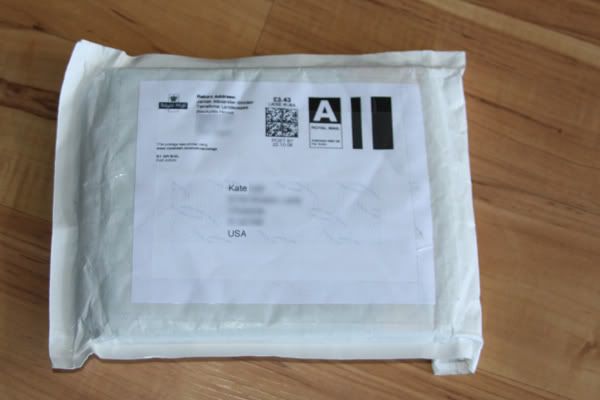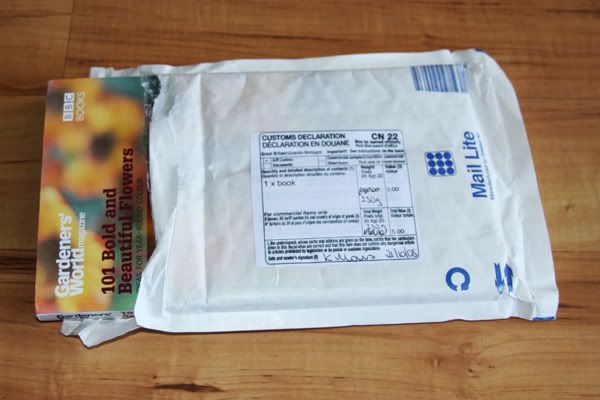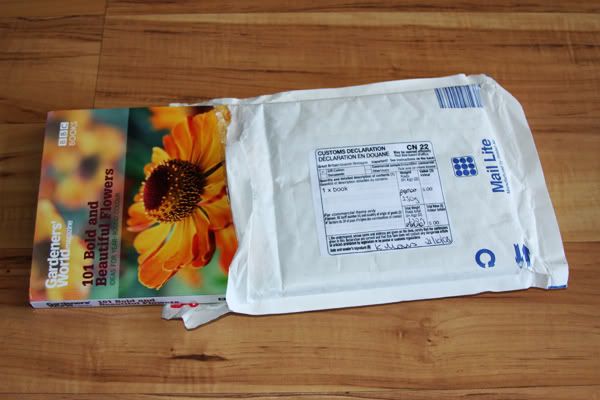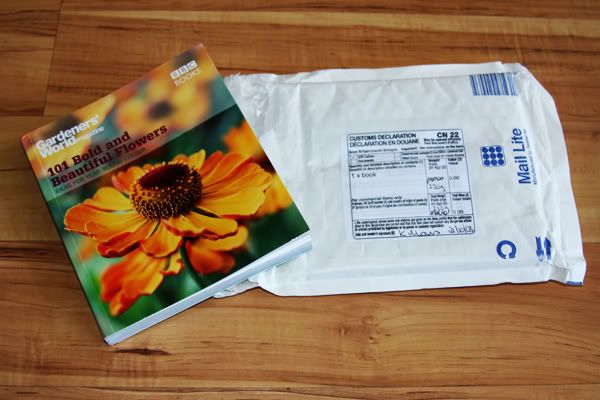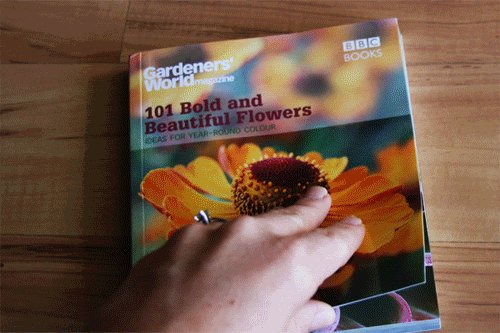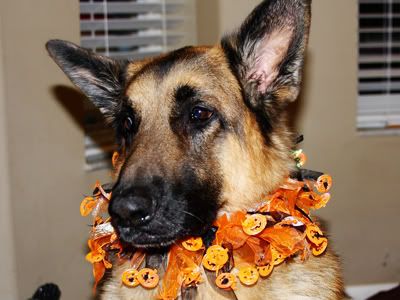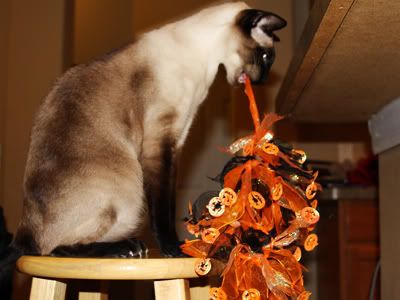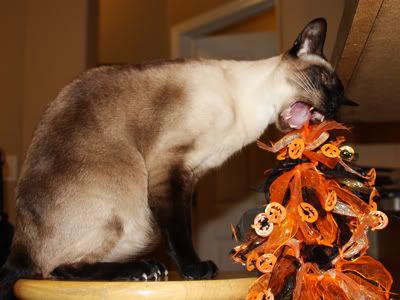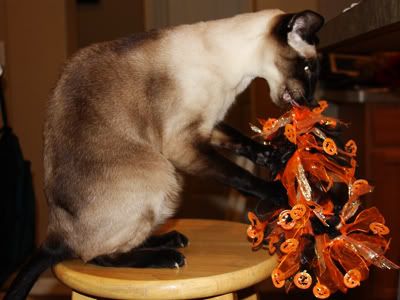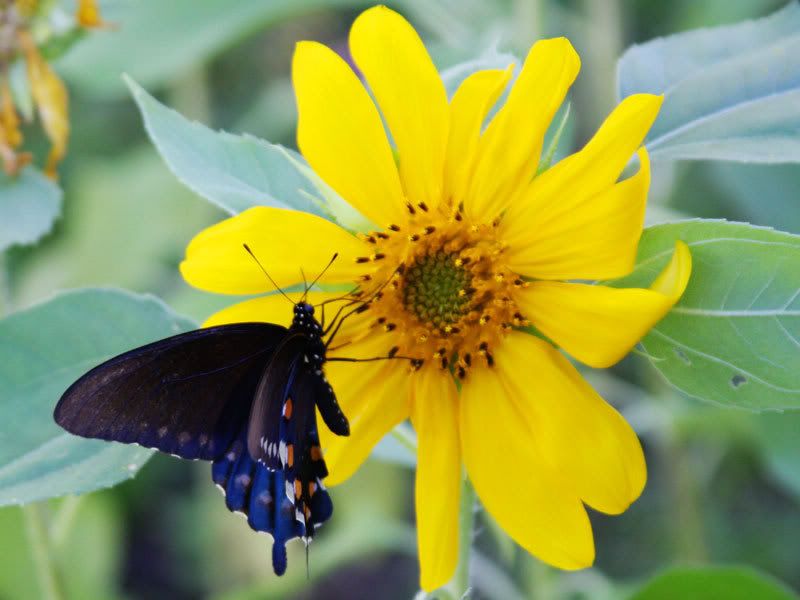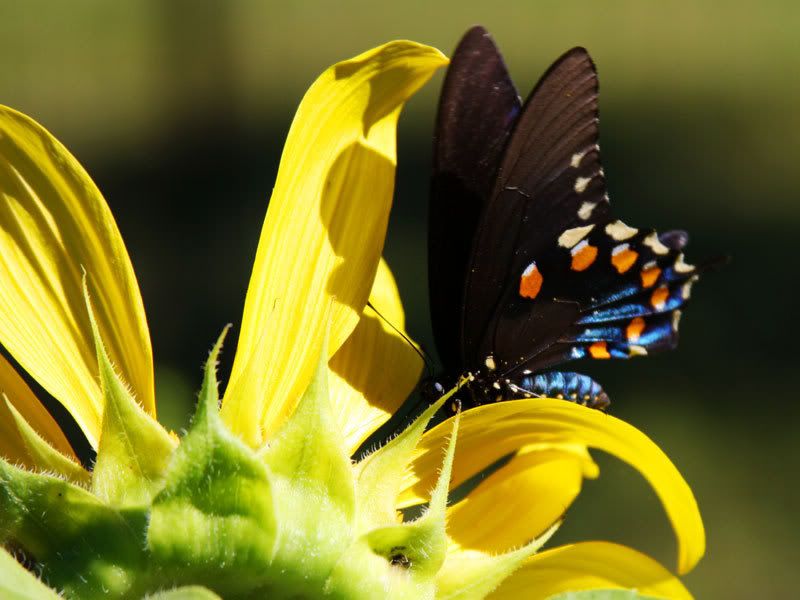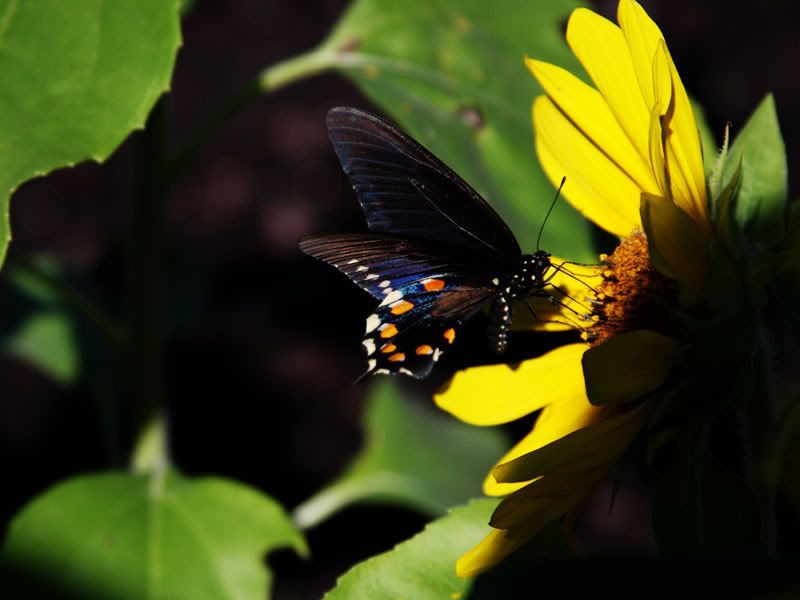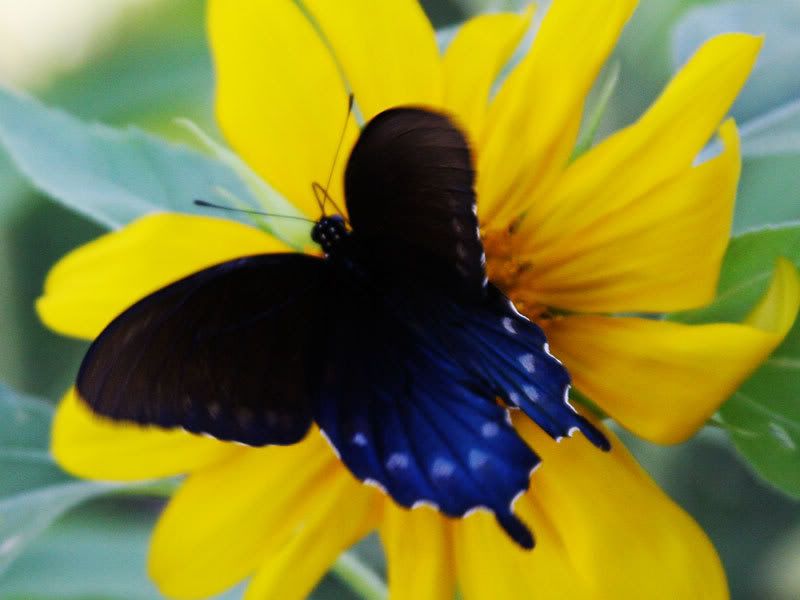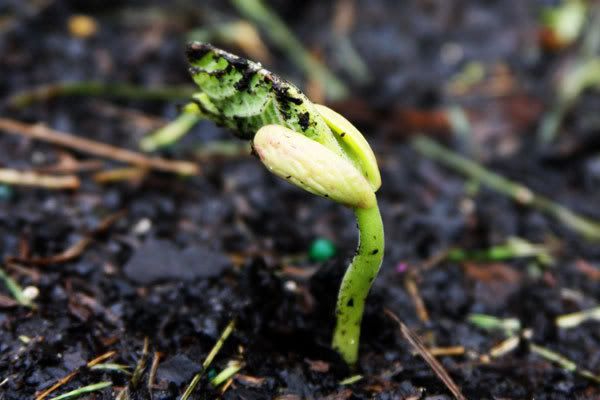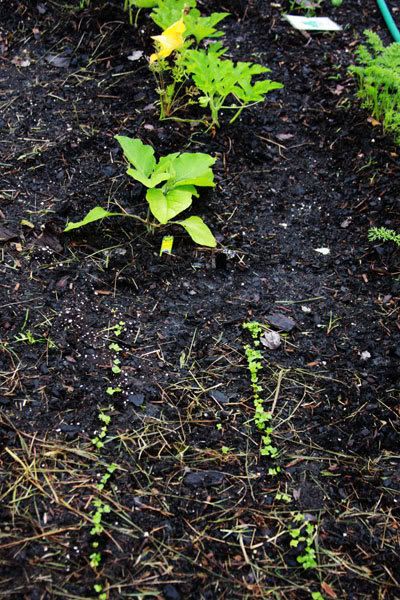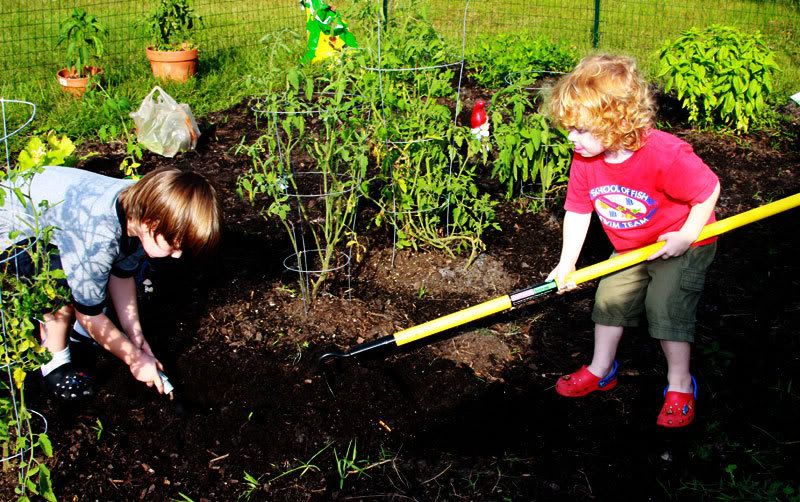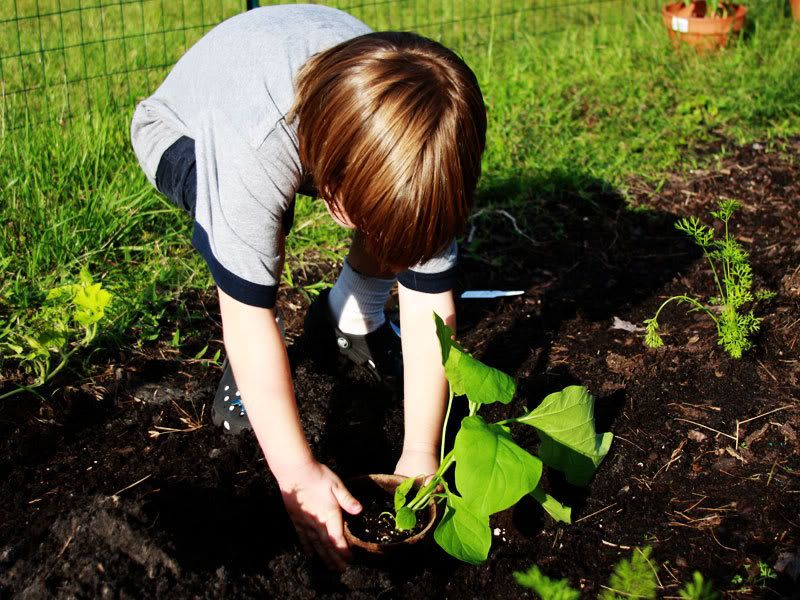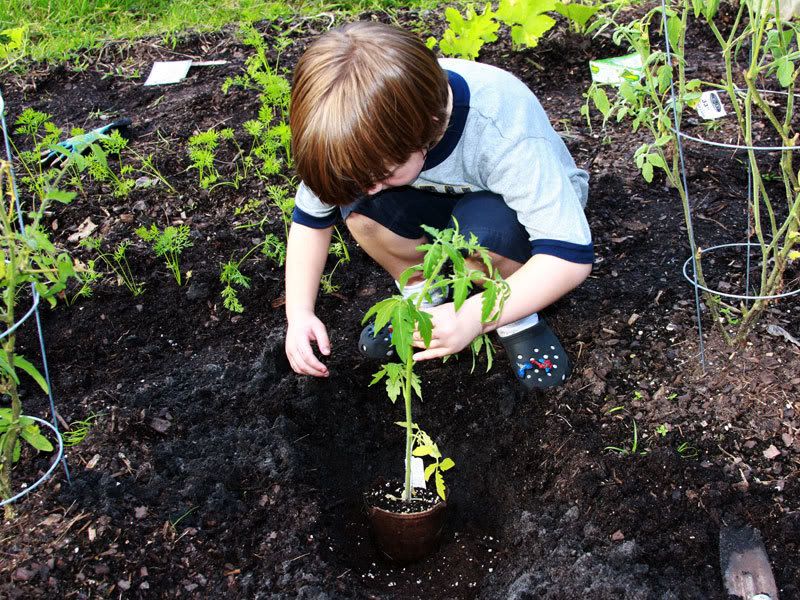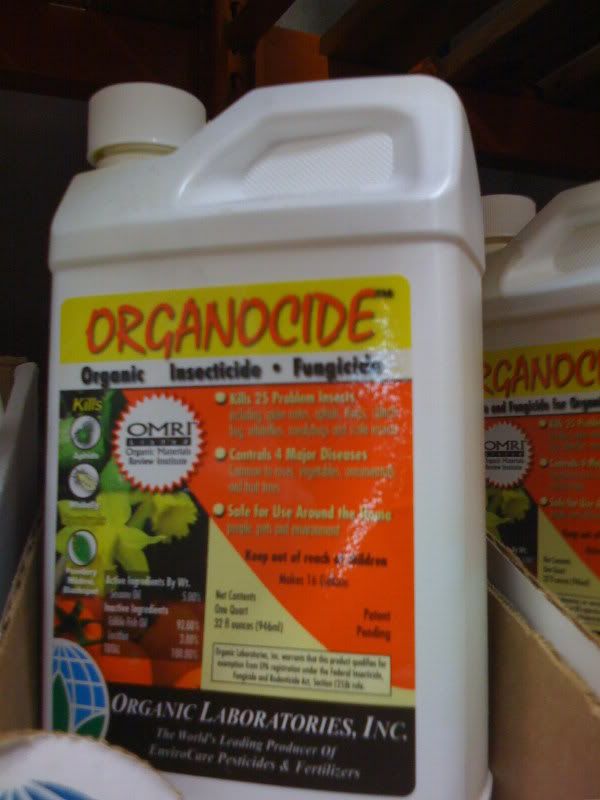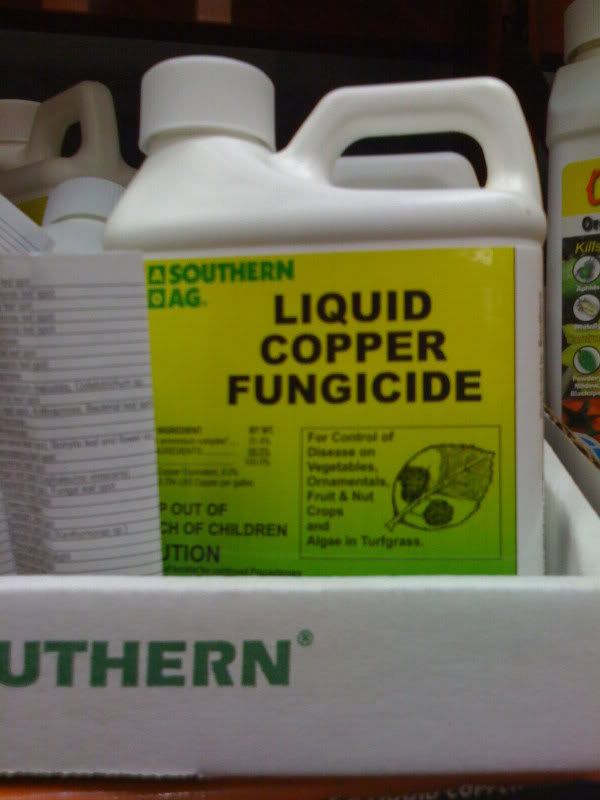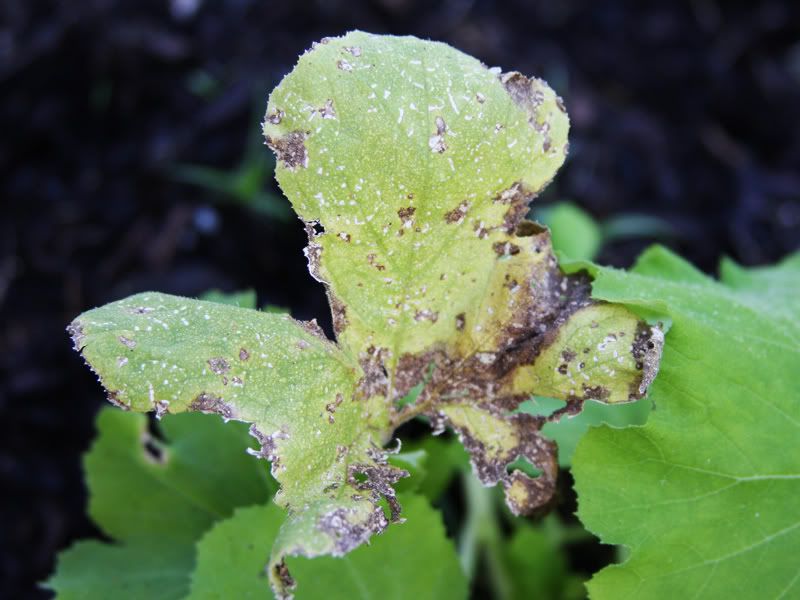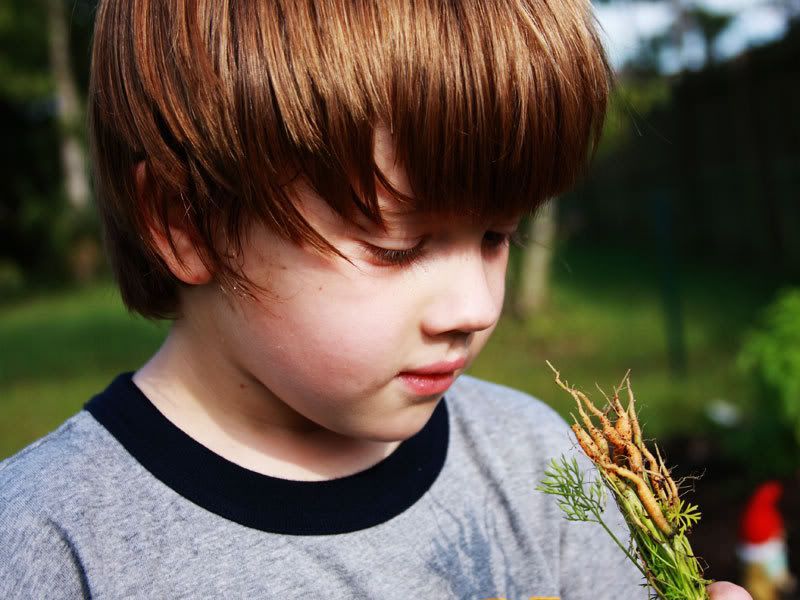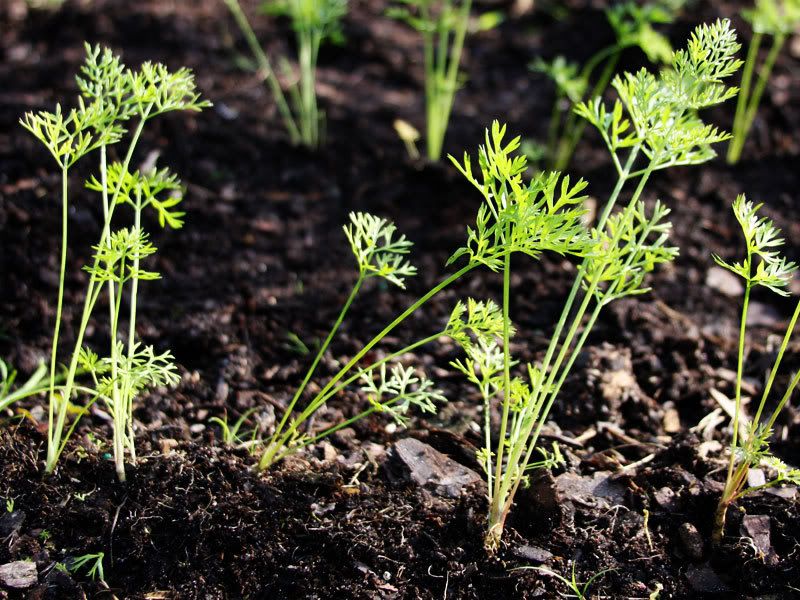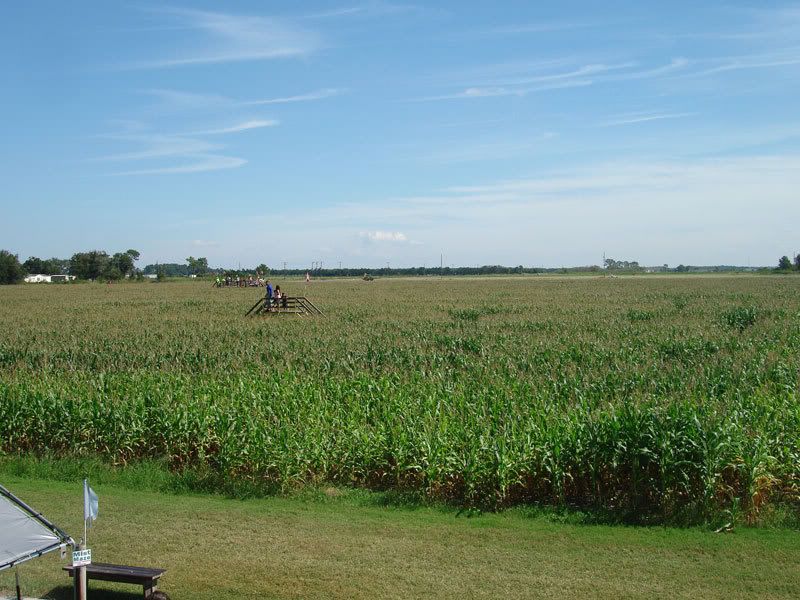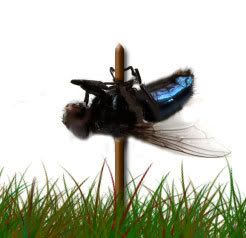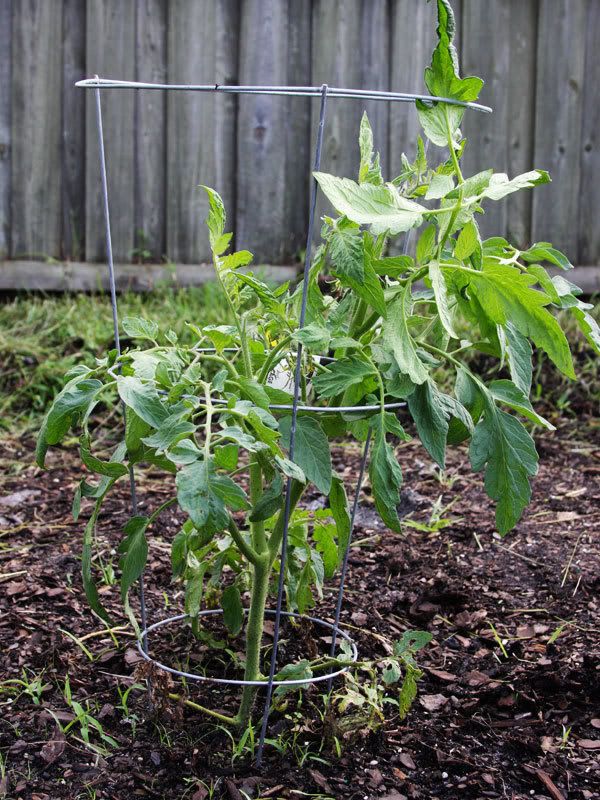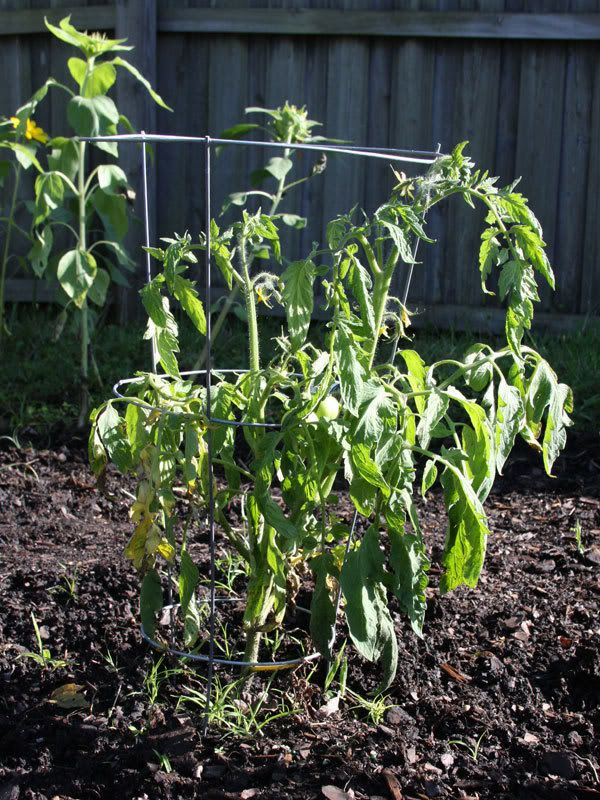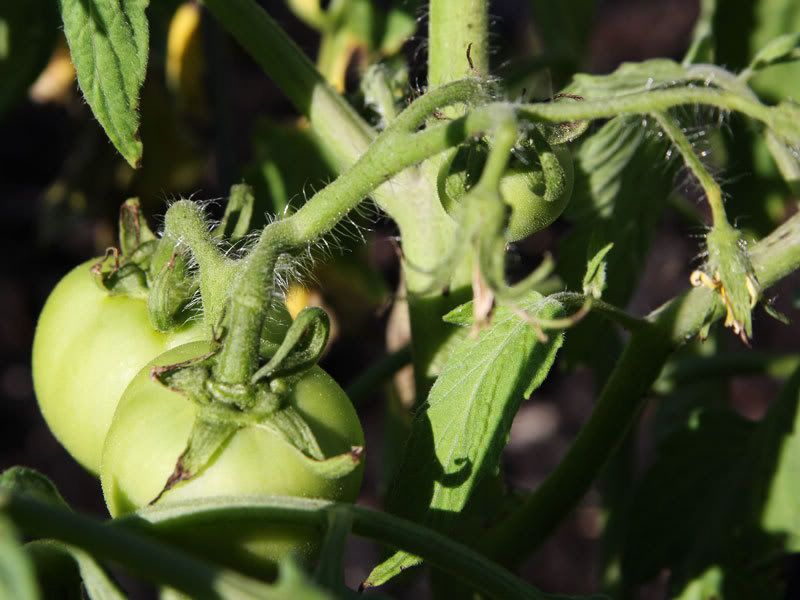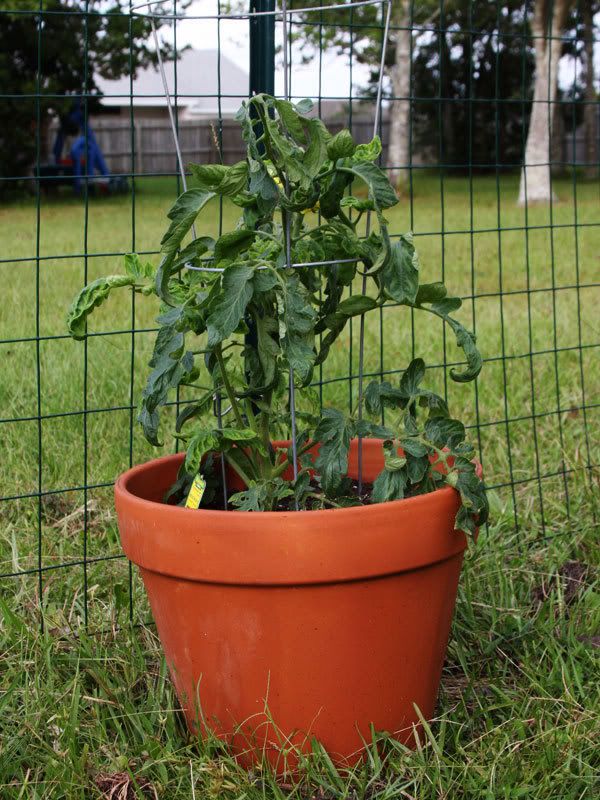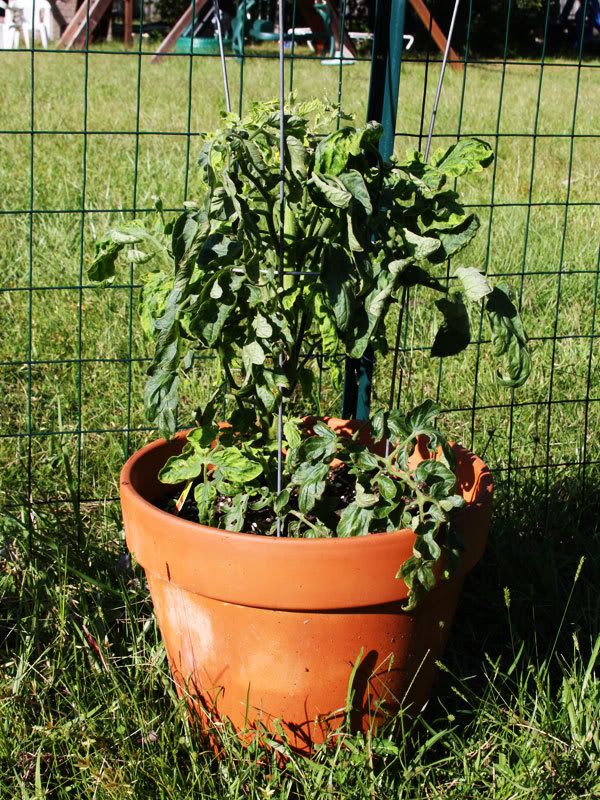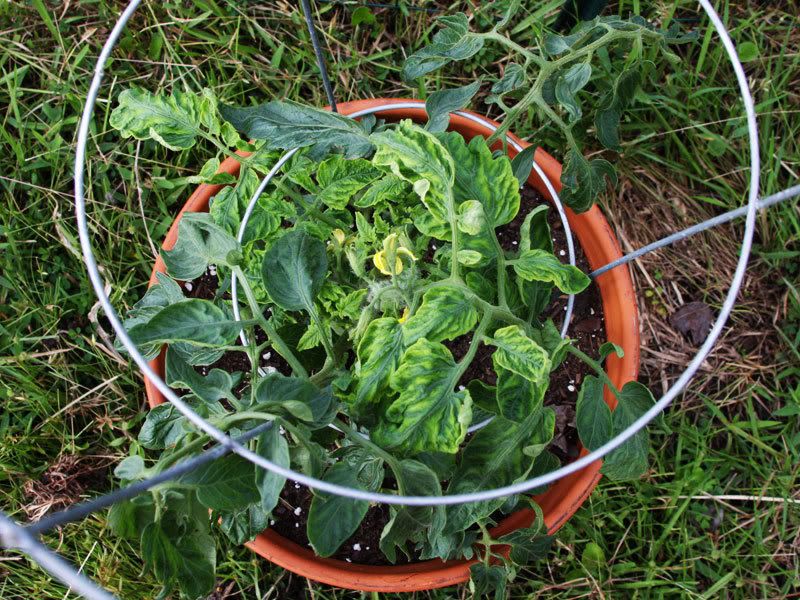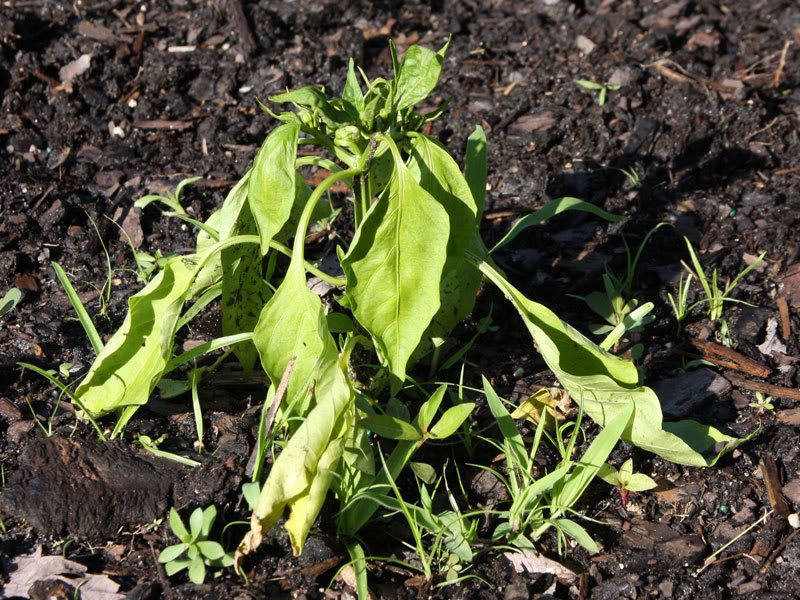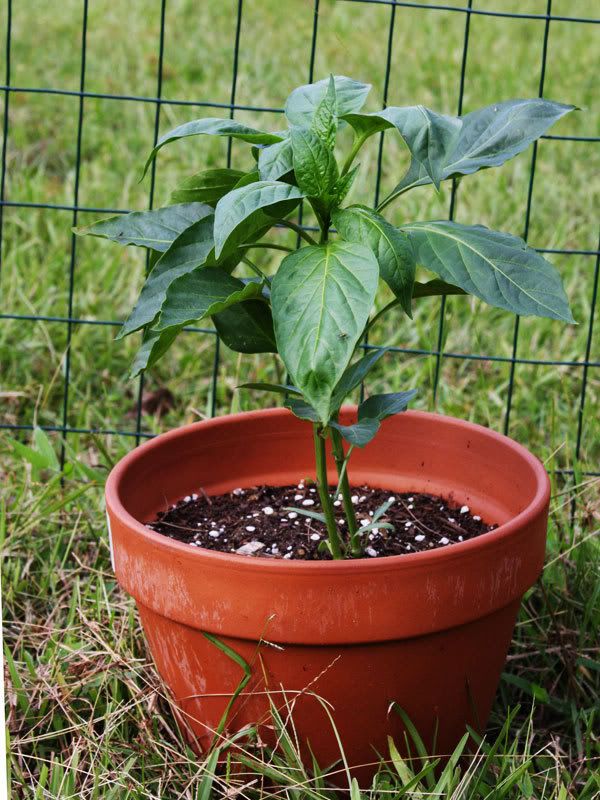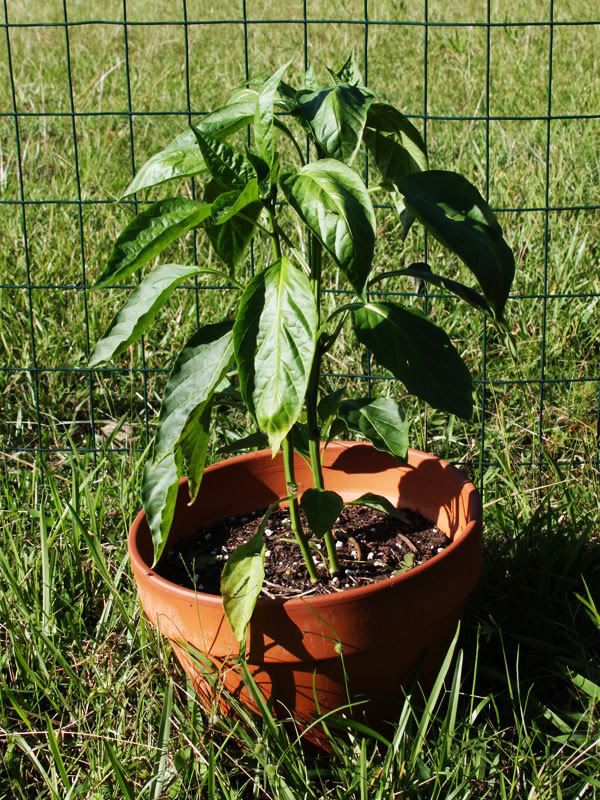Anyone who wants to live a healthier and longer life looks into workout plans from time to time. There are fads that come and go and others that seem to stand the test of time. For those of us who garden in our spare time, it's hard to fit in a workout as well. That's why I developed the latest workout phenomenon that is soon to sweep the gardening world by storm -
Extreme Hoeing.

When it's time to hoe your garden - from an odd weeding here and there to a full-garden hoeing session, simple follow the
Extreme Hoeing Workout Plan to gain the maximum benefit from your workout and burn calories fast.
An Extreme Hoer doesn't pussyfoot around the garden holding a hoe with a pinky extended like they're posing for the cover of
Better Homes & Gardens. There's no light scritch-scratching to barely penetrate the surface of the soil in the world of Extreme Hoeing. Extreme Hoeing is deep-down, dirty hoeing. It involves gardening gloves and shoes, fiberglass hoes, and putting your back into it like you're trying to chop a hole to China with each blow of the hoe. Our slogan is
"It's not extreme until you've got a sweaty hoe." The most elite Extreme Hoers even have a collection of hoes to vary their workout so that different muscles are exercised each time. Carol at
May Dreams Gardens has a pimptastic collection of hoes that should be admired by all gardeners. A gardener with a collection like hers who follows the
Extreme Hoeing Workout Plan could become buff and tough within weeks.

There is no age limit to the
EHWP and even
children and seniors alike can benefit from the plan. Here are some of the essentials for the
EHWP:
1) Wear comfortable clothing. Proper workout gear including loose-fitting moisture-wicking clothing ensures you look fabulous while you are involved in Extreme Hoeing. Do not come home from work and march out to the garden without getting changed. No one wants to be called a crazy hoer. Wrist sweatbands are an optional accessory that is sure to beef up your workout. Knee-high socks are a must to prevent upper-calf wellie chafing should you choose to wear wellies during the extreme workout.

2) Wear gloves. You won't find a serious weight lifter bench pressing sets without a great pair of lifting gloves, so don't try to Extreme Hoe without gloves either. A nice set of gardening gloves is a must for hard-core extreme hoers.
3) Wear appropriate shoes. You can't Extreme Hoe in flip-flops, mary-janes, loafers or any type of 1980s boat shoe. A stint of Extreme Hoeing will kick up dirt like a hog on a truffle, so a good pair of shoes is essential. Wellies or waterproof gardening shoes are a must.
4) Pick a hardy hoe. A flimsy hoe will surely break when exposed to the rigors of Extreme Hoeing, so pick a hoe wisely. Fiberglass is a good option, but a strong wooden handle is a nice option as well. There are many different hoe blades that will vary your workout, from a
heart hoe to a
half-moon hoe to a regular old garden hoe…or even a
Nurserymen's Beet Hoe for maximum latissimus dorsi firming.
5) Follow the patent-pending Extreme Hoeing Overhand Stroke with each stroke of the hoe. (Expect a DVD with complete instructions early next year.) The EHOS involves a double-handed firm grip on the hoe, with feet planted shoulder width apart and shoulders at a 30 degree angle. Swing your arms over your strong shoulder so that the blade of the hoe is at least 18 inches above your head. Bring your elbows into your side and swing your hips slightly to the left as you draw the hoe down and angle your blade so that it hits the ground at the appropriate angle for the type of hoe you're using. Follow through the ground upon impact so that the hoe travels the deepest distance into the ground. Slightly wiggle your hoe and pull or push at least 6 inches in either direction, depending on your hoe type. Repeat the EHOS until sweats drips onto your hoe. Only at this point have you have officially participated in an extreme hoeing workout.
So there you have it. Farmer B and I toned muscle, lost weight and gained a new appreciation for physical fitness after only our first 3 weeks of Extreme Hoeing. It's not just a workout - it's really become a way of life. We try not to go more than a day without a sweaty hoe... Are you ready for this level of commitment? Then join the Extreme Hoeing Club now to transform your life and your garden. Remember,
"It's not extreme until you've got a sweaty hoe."

Are you an Extreme Hoer? Display the Extreme Hoeing Club button with pride! Just copy and paste this text below onto your site.
